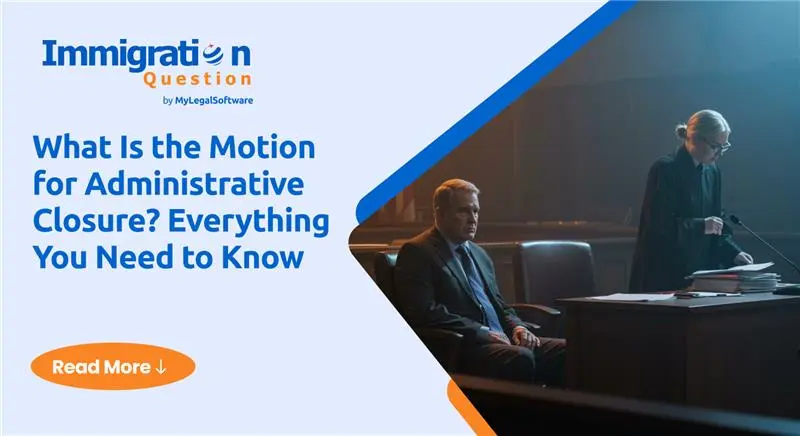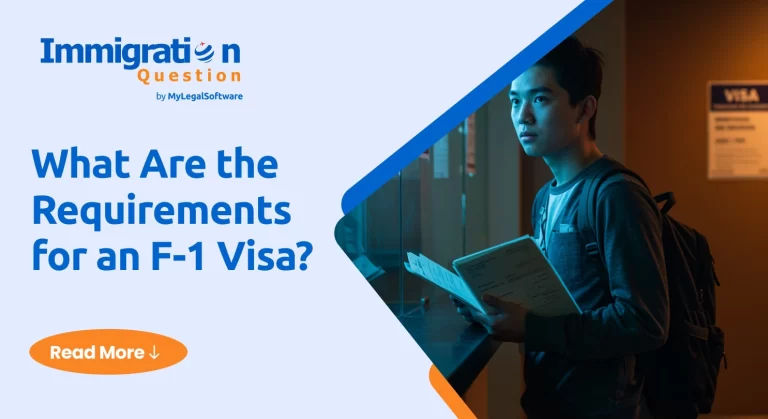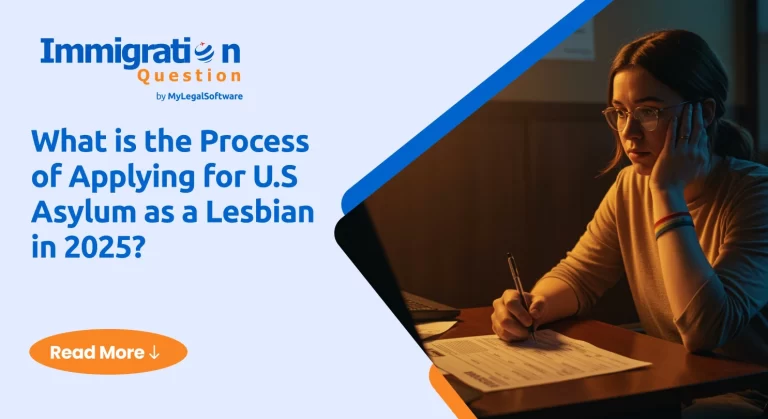Introduction
Facing removal proceedings can be a stressful and uncertain experience for noncitizens in the United States. However, administrative closure may offer temporary relief in immigration court, pausing the proceedings without a final decision.
Understanding how administrative closure works is critical for individuals navigating the complexity of U.S. immigration. In this blog, we’ll break down what a motion for administrative closure is, when it is used, how to file it, and the risks involved.
What is Administrative Closure?
Administrative closure is a procedural tool used by immigration courts to temporarily remove a case from the active docket. It is not a decision on the merits of the case and does not result in removal, approval, or denial. Instead, it puts the case on hold indefinitely, pending future developments.
Administrative closure has served as a helpful strategy when the immigrant is waiting for another form of relief, such as a visa petition approval or changes in immigration policy. The legal foundation for administrative closure stems from immigration judges’ general authority to manage their dockets and regulate proceedings.
It is important to note that administrative is different from case termination (which permanently ends a case) or dismissal (which removes the case from court but can be refiled later). After several shifts in policy under different administrations, administrative was revived under the Biden administration and remains available in certain circumstances.
When is Administrative Closure Used?
Administrative closure is most commonly used in situations where it would be inefficient or unfair to proceed with removal. Here’s some examples:
- Pending Applications with USCIS: When an immigrant has a petition or application pending with USCIS (such as an I-130 family petition, VAWA self-petition, or U visa application) that could provide relief from removal if approved.
- Family-Based Options: When an immigrant is waiting for a family-based visa to become available, particularly if they might become eligible for adjustment of status in the foreseeable future.
- Humanitarian Circumstances: Cases involving individuals with serious medical conditions, elderly immigrants, or those caring for U.S. citizen family members with special needs.
- Prosecutorial Discretion: When a case doesn’t align with current immigration enforcement priorities, DHS may agree to administrative closure to focus resources on higher-priority cases.
- Alternative Relief Pursuit: When an individual needs time to gather evidence or pursue other forms of immigration relief outside of immigration court.
Administrative can be particularly beneficial for low-priority cases or situations where permanent relief may become available with time, allowing immigrants to avoid an immediate removal order while pursuing other legal options.
Filing a Motion for Administrative Closure
Either the respondent (the immigrant in proceedings) or the government (usually represented by ICE attorneys) can request administrative . Here’s the general process for filing such a motion:
Determine Eligibility: Evaluate whether your case meets the criteria typically considered for administrative based on current policies and precedent.
Prepare the Motion: Draft a formal written motion that includes:
- Clear request for administrative closure
- Detailed factual background
- Legal argument citing relevant case law
- Supporting evidence (such as pending applications, medical records, or family ties)
- Proposed order for the judge’s consideration
File and Serve: Submit the motion to the immigration court and serve a copy to the opposing party (usually ICE counsel).
Attend Hearing: Be prepared to argue your motion at a scheduled hearing, where the judge may rule immediately or take the matter under advisement.
Follow-Up: If administrative closure is granted, monitor the status of any pending applications or changing circumstances that might affect your case.
The government has the right to oppose the motion, and the immigration judge will make the final decision based on the totality of the circumstances and applicable legal standards.
Risks and Considerations of Administrative Closure
While offers a valuable pause in proceedings, it is not without risks.
- Temporary Relief: Administrative is not a permanent solution. The case remains pending and can be placed back on the active docket at the request of either party or by the judge’s own initiative.
- No Immigration Status: Administrative closure does not confer any immigration status or benefits in itself.
- Work Authorization Limitations: Having an administratively closed case alone does not automatically provide work authorization. However, if you have a separate application pending (such as asylum or a U visa) that allows for work authorization while pending, you may still qualify.
- Travel Restrictions: Administrative closure does not resolve inadmissibility issues or provide permission to travel internationally.
- Changing Policies: The availability and standards for administrative closure can change with new administrations, attorney general decisions, or court rulings.
Final Thoughts
Administrative closure can be a powerful tool for individuals in immigration court proceedings, offering valuable time to pursue other immigration benefits or wait for policy shifts. However, because it’s temporary and not a final resolution, it’s not always the best choice for every case.
Navigating this process requires careful legal strategy and up-to-date knowledge of current immigration law and policy. The experienced attorneys at Immigration Question can help you understand your options and guide you through the process of filing a motion for administrative closure.
Frequently Asked Questions
Who qualifies for administrative closure?
There are no rigid eligibility requirements, but administrative closure could be granted when:
- You have a pending application with USCIS that could provide relief
- You may become eligible for relief in the foreseeable future
- Your case involves compelling humanitarian factors
- Your case doesn’t align with current enforcement priorities
- Both parties (you and the government) agree to the closure
Can I work legally if my case is administratively closed?
Administrative closure alone does not provide work authorization. However, if you have a separate pending application that allows for work authorization while pending (such as asylum or U visa), you may still qualify for work authorization through that separate process.
How long does administrative closure last?
There is no set time limit. A case can remain administratively closed for months or even years, depending on the circumstances. However, either party can move to reactivate the case, or the judge may place it back on the active docket if circumstances change.
Does administrative closure stop deportation?
Yes, administrative temporarily stops removal proceedings and prevents a deportation order while the case remains closed. However, it’s important to understand that if the case is later placed back on the active docket and proceeds to a final hearing, a removal order could still be issued at that time.
What happens if my motion for administrative closure is denied?
If your motion is denied, your case will remain on the active docket, and proceedings will continue as scheduled.
At Immigration Question we try and make sure that all of your queries are answered. Make sure to visit our website to know more.






